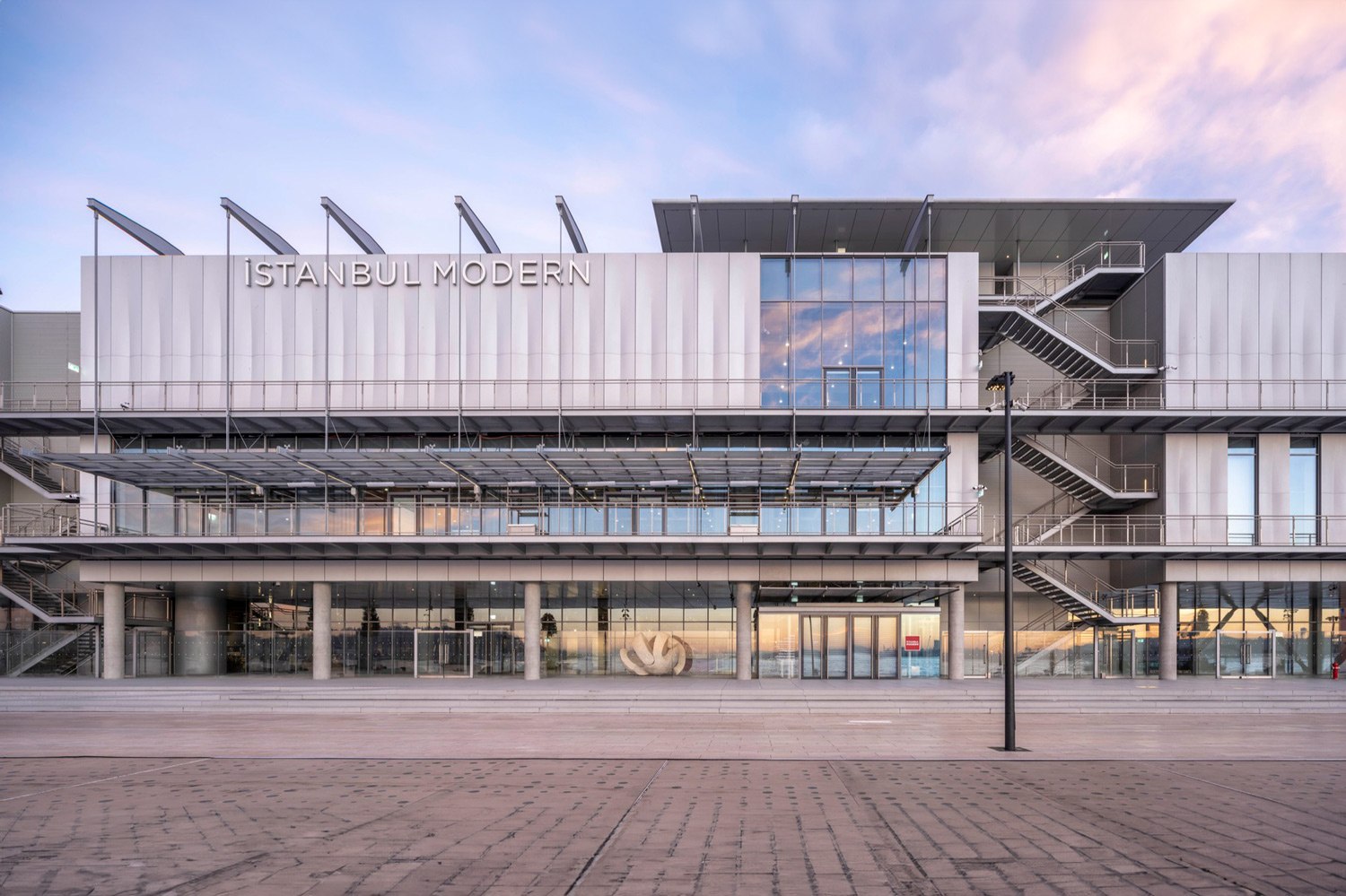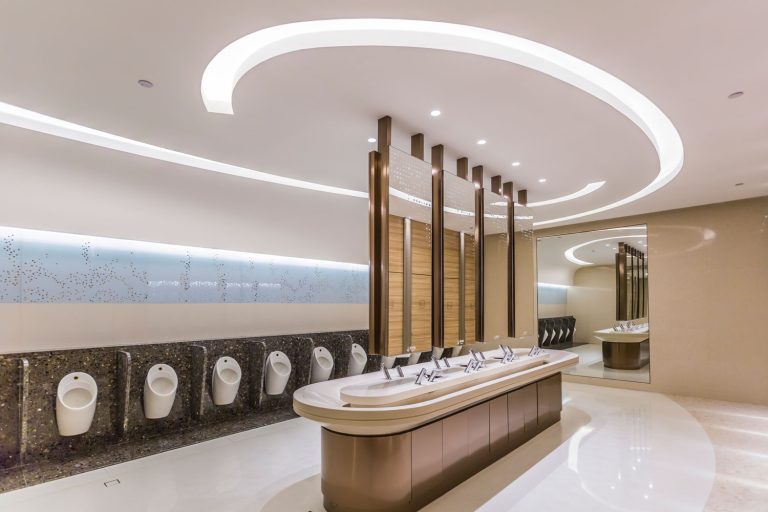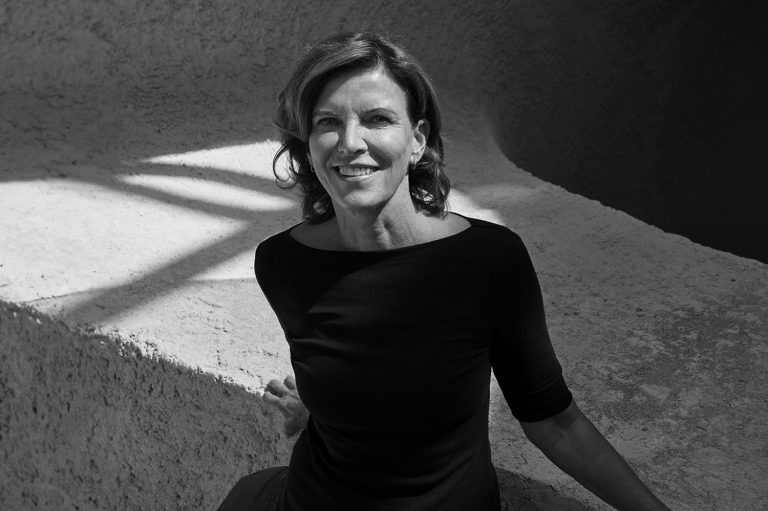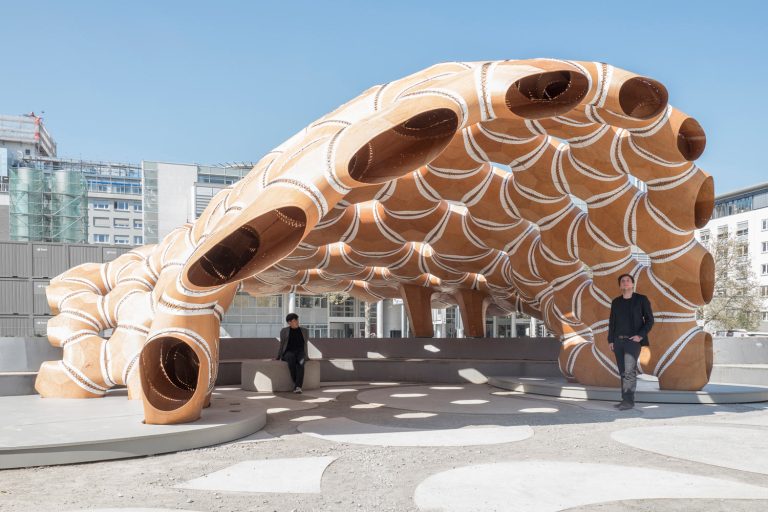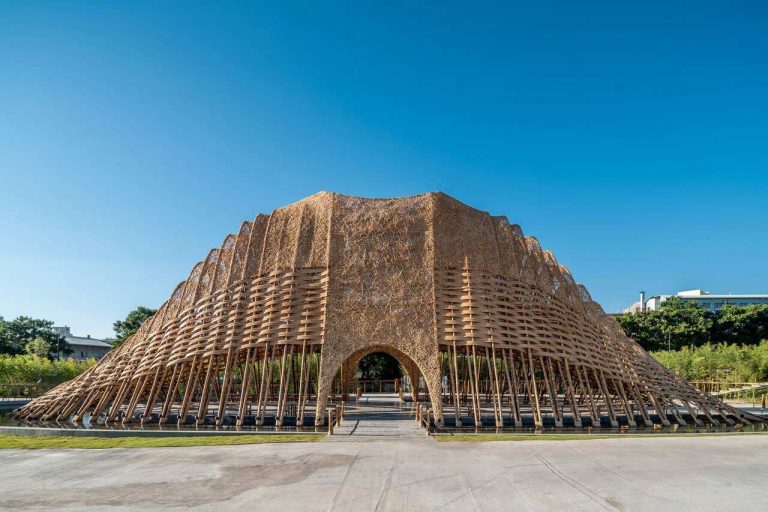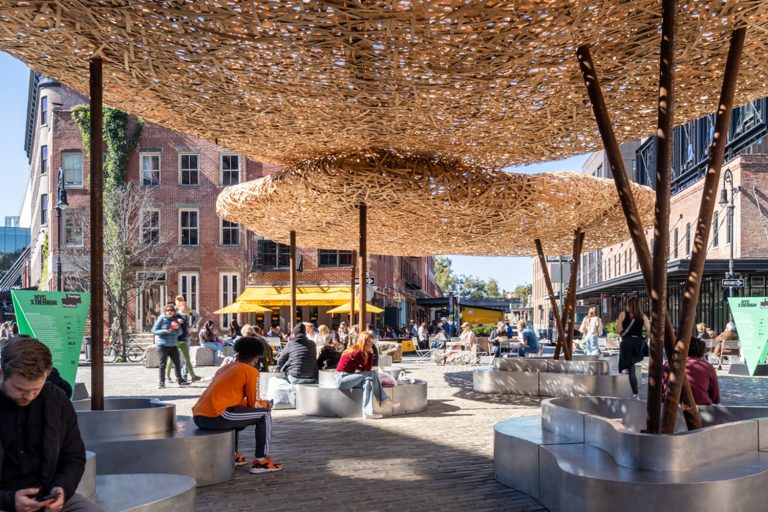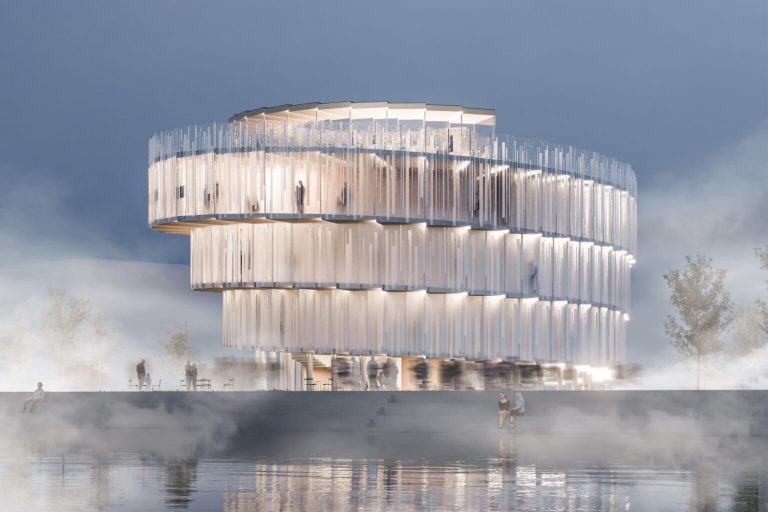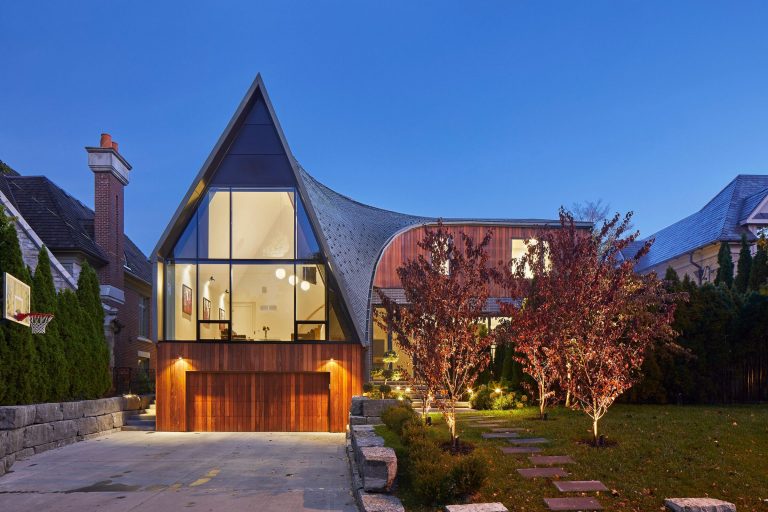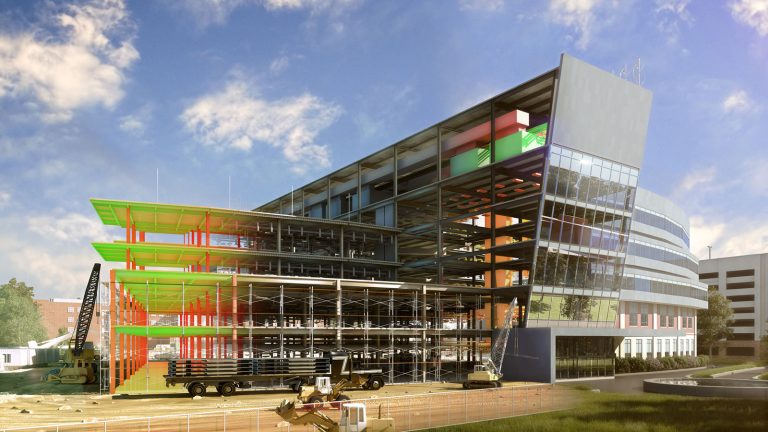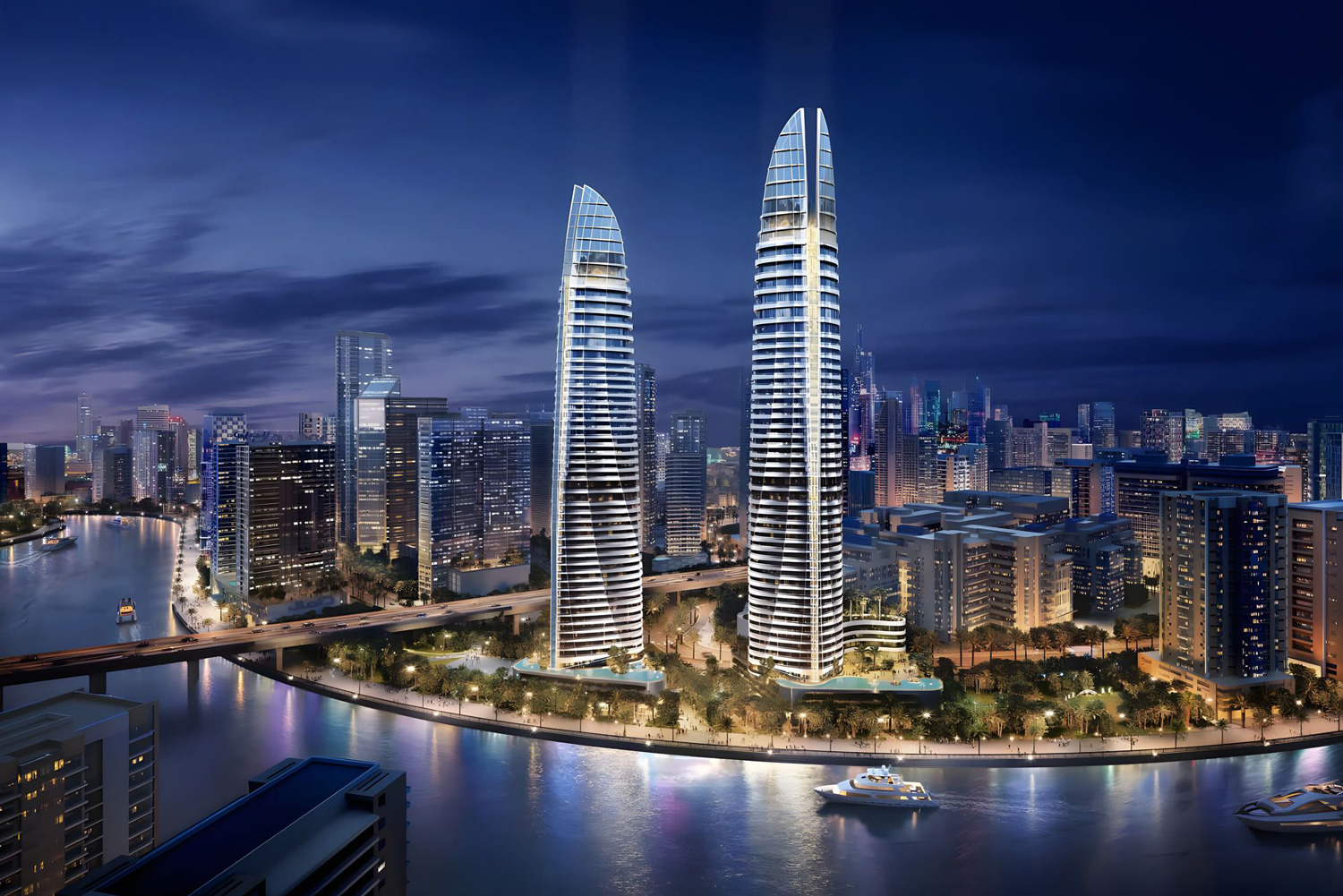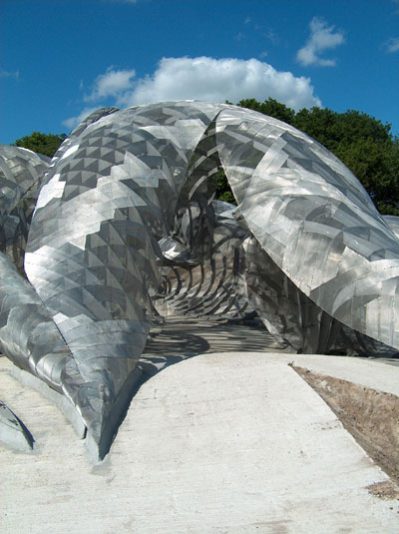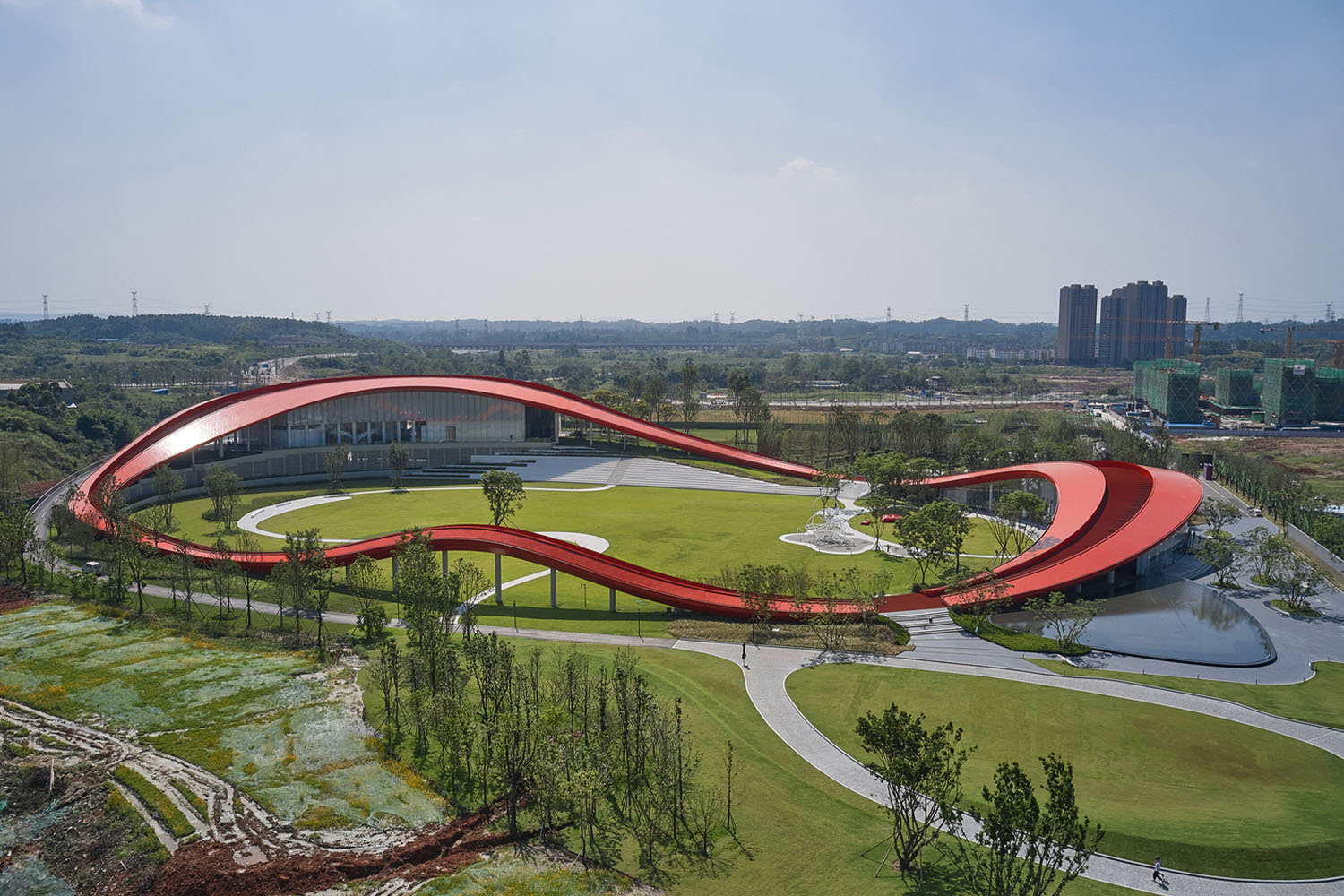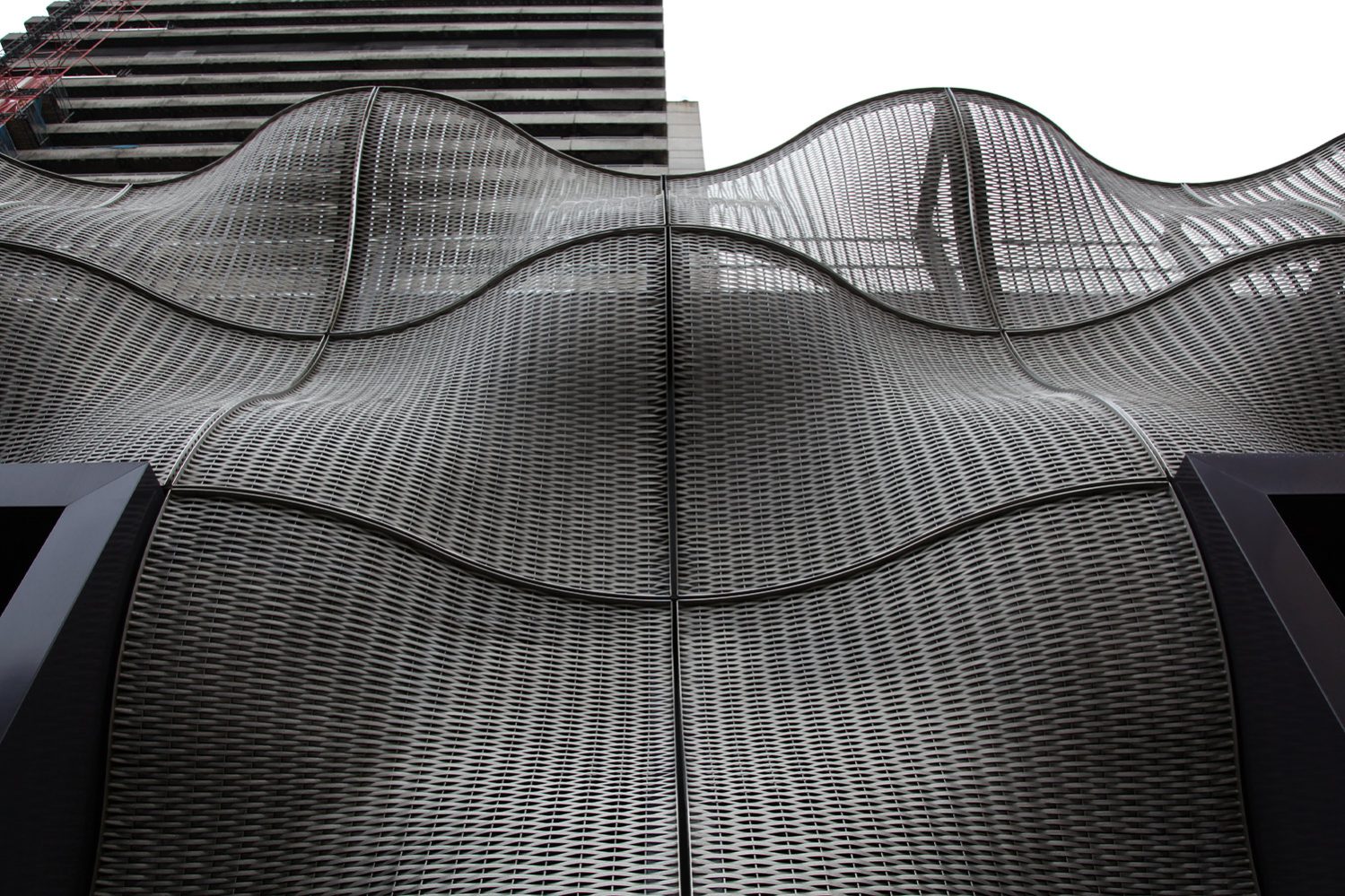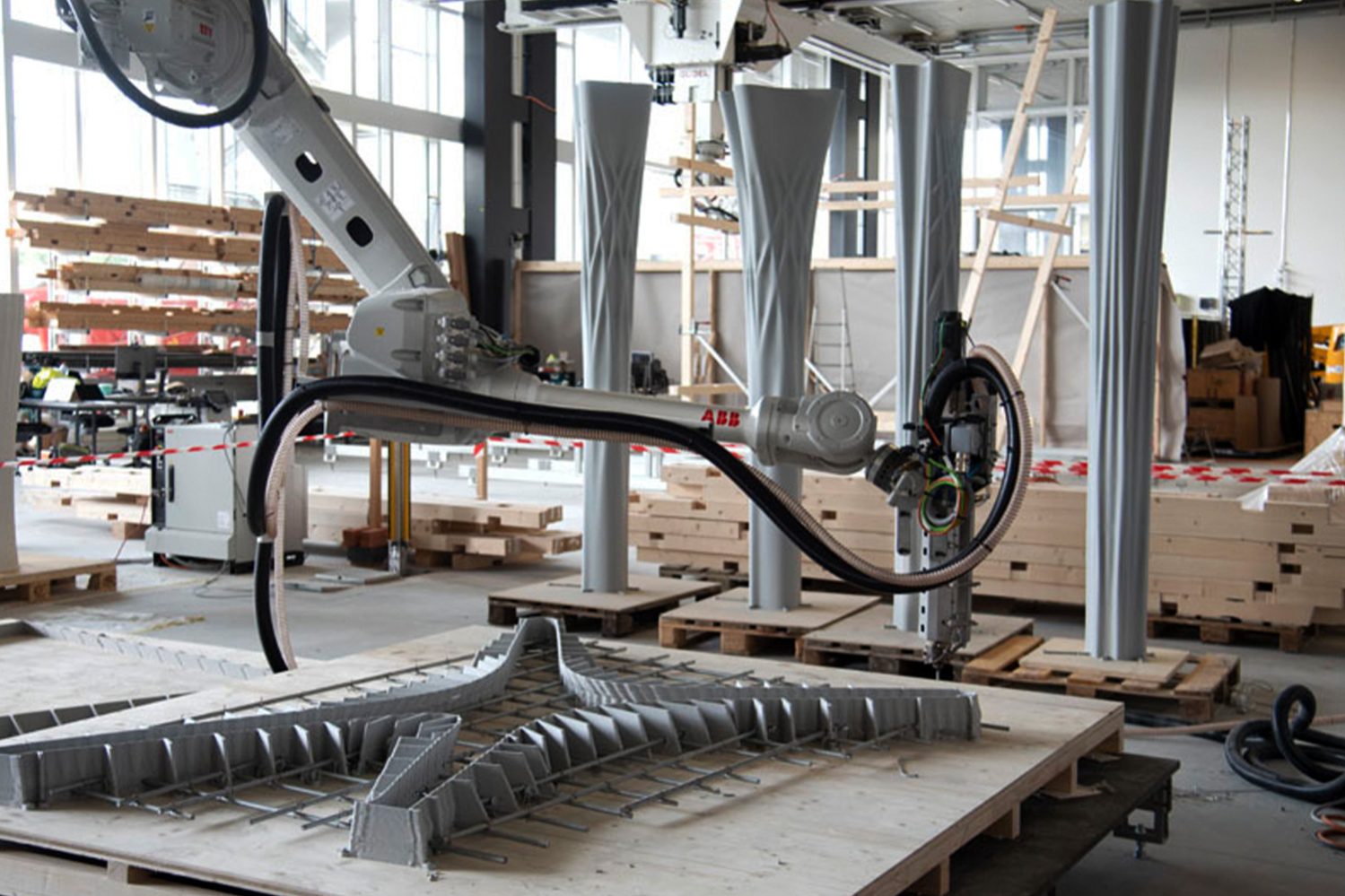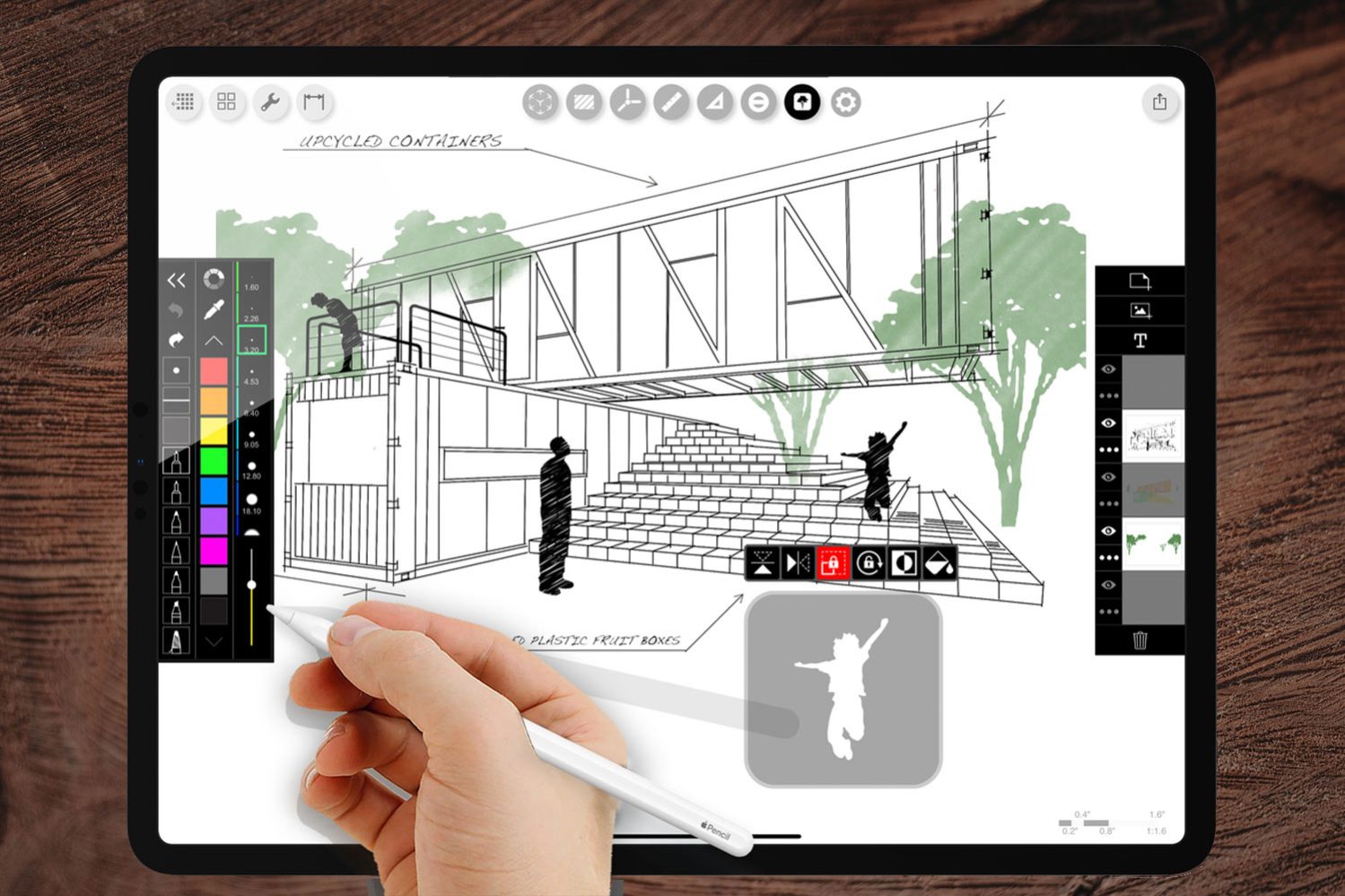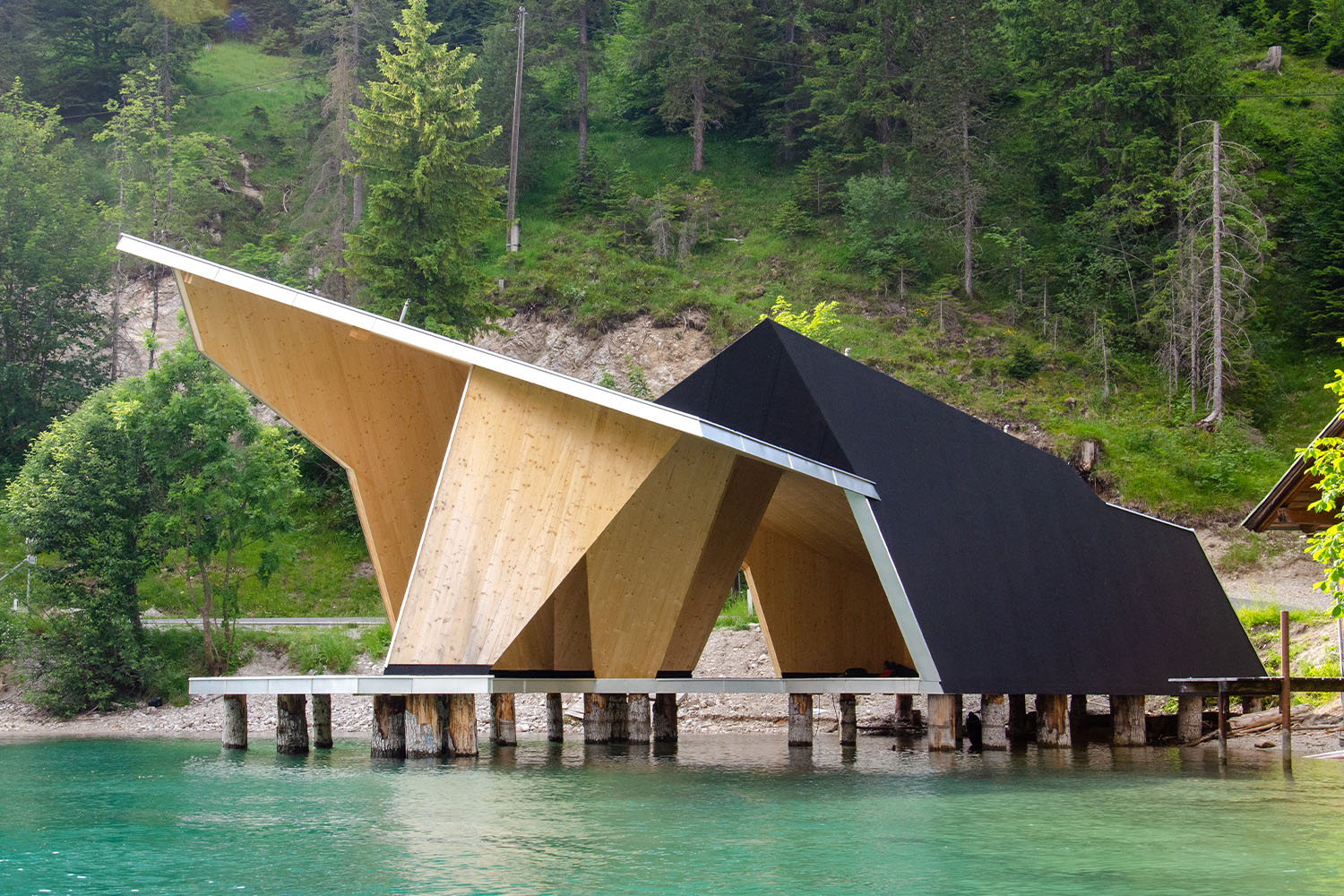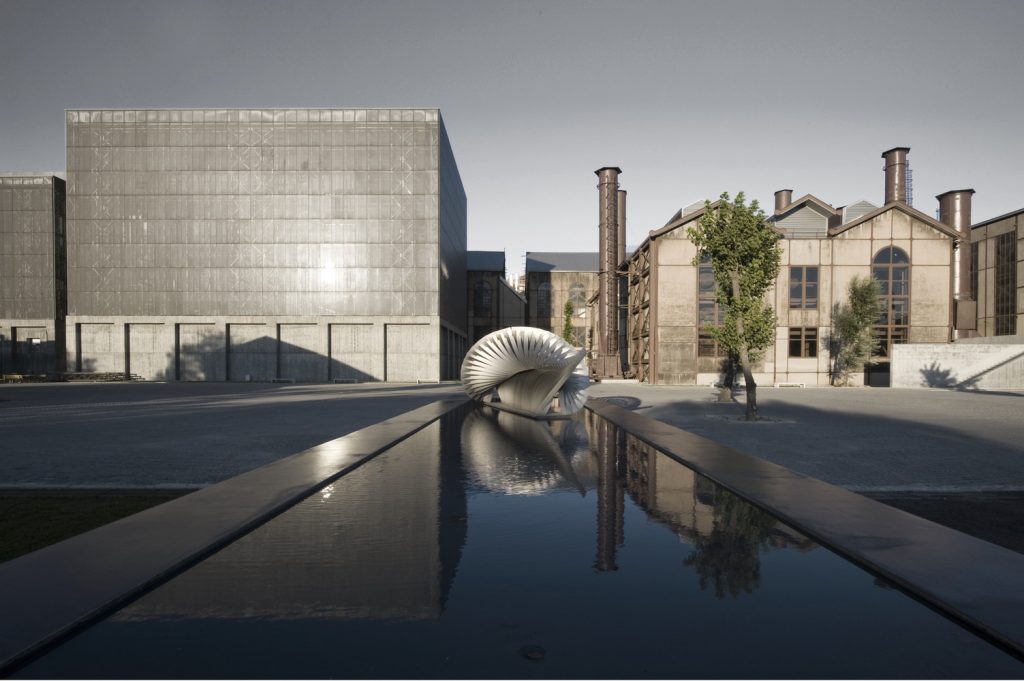
Spreading over two continents, the dynamic city center of Istanbul is a metropolis full of historical significance, cultural richness, and architectural wonders. Positioned as a bridge between East and West, Istanbul has a diverse architectural heritage shaped by many influences over the centuries. The architectural landscape of the city covers a wide range, from ancient Byzantine buildings to grand Ottoman palaces and contemporary high-rises, all of which are a testament to its history and continuous development.
Many places should not be missed in Istanbul, which millions of tourists visit yearly. The awareness of the historical texture is quite common. Examples of historic buildings that must be visited are Hagia Sophia, Blue Mosque, Topkapı Palace, Basilica Cistern, Archeology Museum, etc. can be given. Since the city has a great historical and cultural texture, its architectural orientation was also affected in this regard. It is possible to find different examples of subjects such as restoring and reusing historical textures. Santral Istanbul, Gazhane Museum, Casa Botter, and Salt Galata can be given as examples.
In addition to all these historical buildings, it is possible to see modern buildings in the cityscape. The modern works of renowned local and international architects are among the must-visit places when visiting Istanbul. This article aims to be an architectural guide; you can find a brief background on the architectural diversity in Istanbul and the eight recommended modern buildings in the continuation of the article.
Architectural diversity and historical background of Istanbul
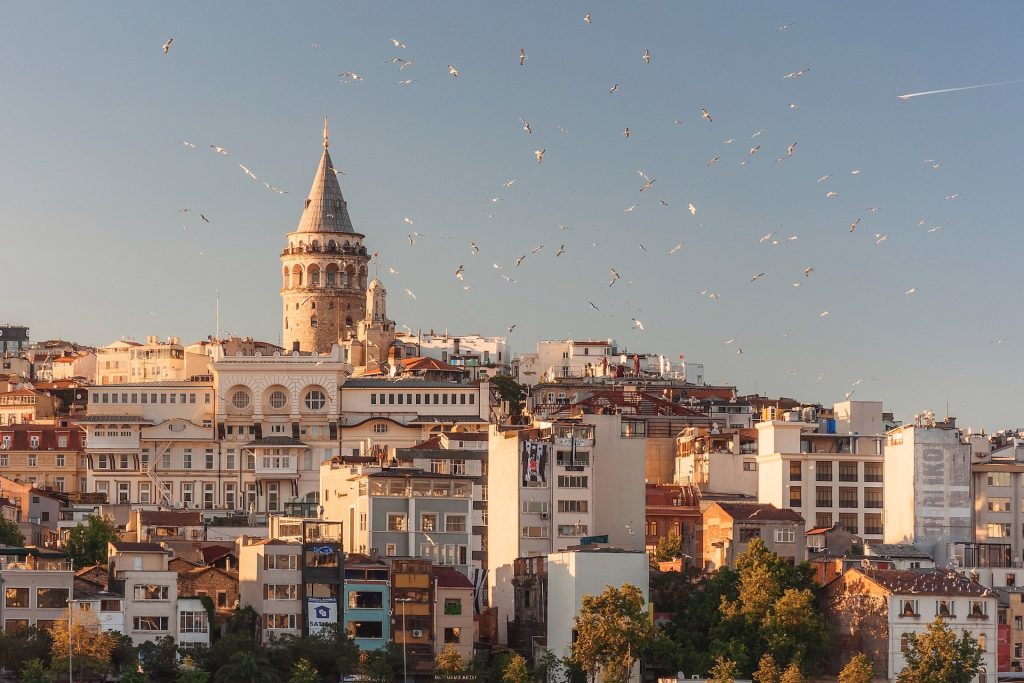
It is mostly known that many historical buildings in Istanbul host millions of tourists every year. So which of these structures belong to which periods? Istanbul, which has a long history, lived in many empires and administrations in the past, mainly Roman and Ottoman. One of the first known names of Istanbul is Byzantium. Byzantium was founded in the 7th century BCE by Greek settlers in the historical district of what is now Istanbul. The city eventually joined the rapidly enlarging Roman Empire in 73 CE.
In 330 CE, the capital city of the Roman Empire was moved to Byzantium by Emperor Constantine the Great because of the instability of the Italian peninsula. He attempted to change the name to Nova Roma or “New Rome”, however, citizens in the region called the city Constantinople to honor the Emperor because they appreciated his works. And this is the beginning of a large period of history.
Due to its long history as a Roman city, Istanbul is home to many magnificent examples of Roman and Byzantine architecture. The most significant example is the Hagia Sophia (Ayasofya in Turkish) was built during the reign of Emperor Justinian the Great. The Hagia Sophia was the church of the center of the Eastern Orthodox faith until 1453. With the conquest of Ottoman Sultan Mehmed II, it was transformed into a mosque. During this transformation, the building underwent a major change, and four stone minarets were added to Hagia Sophia, making it a mosque.
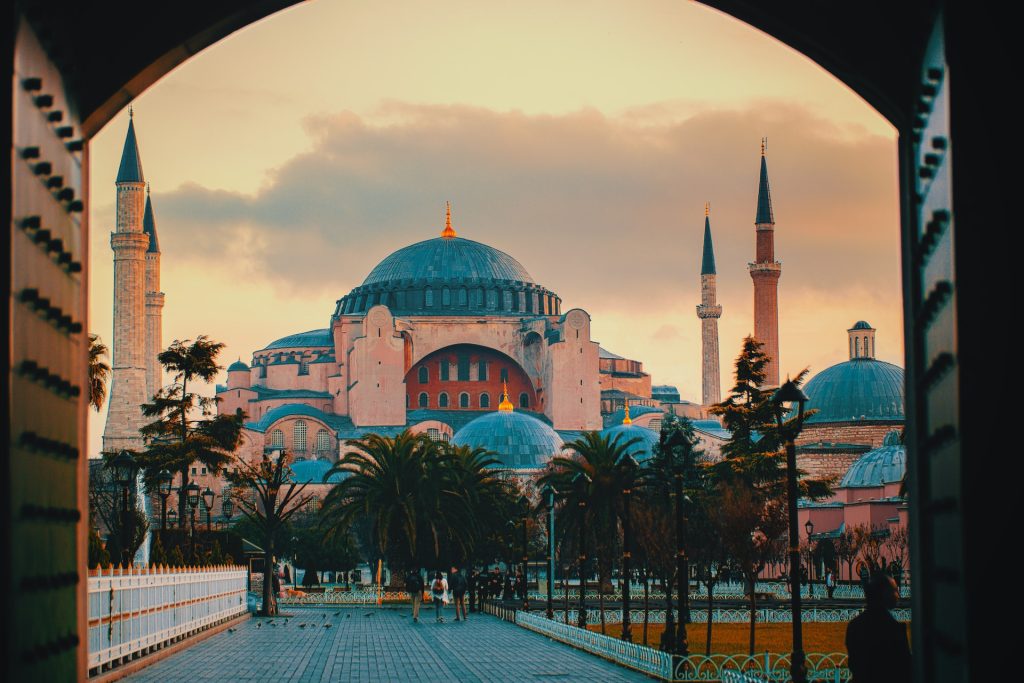
Another example of the remains of Byzantine architecture in the city can be given as the Basilica Cistern, right near the Hagia Sophia. The massive underground water storage, which provided water for most of the city at the time, is an important example of Byzantine infrastructure and urban planning. The cistern, also known as the Yerebatan Sarnıcı in Turkish, was reopened as a museum in 2023 due to its last major restoration. After strengthening and renovation works, it started to welcome visitors.
It is possible to encounter examples of Byzantine architecture at unexpected times in daily life in Istanbul. Even if you do not pass to visit, you can encounter the historical texture of the city on that road. For example, the Aqueduct of Valens. It was built during Emperor Valens’ reign and brought water from the natural springs to Constantinople. Today the aqueduct is still in place, standing over a busy boulevard, and car traffic runs through the historic arches.
Another example of unexpected encounters can be given as the Column of Constantine, also known as Cemberlitas in Turkish. The column of Constantine was built as one of the Victory Columns of the Romans, dedicated to Constantine to honor his works for the Empire. The column was built in the center of a large Roman Forum, currently merged into the Istanbul streets.
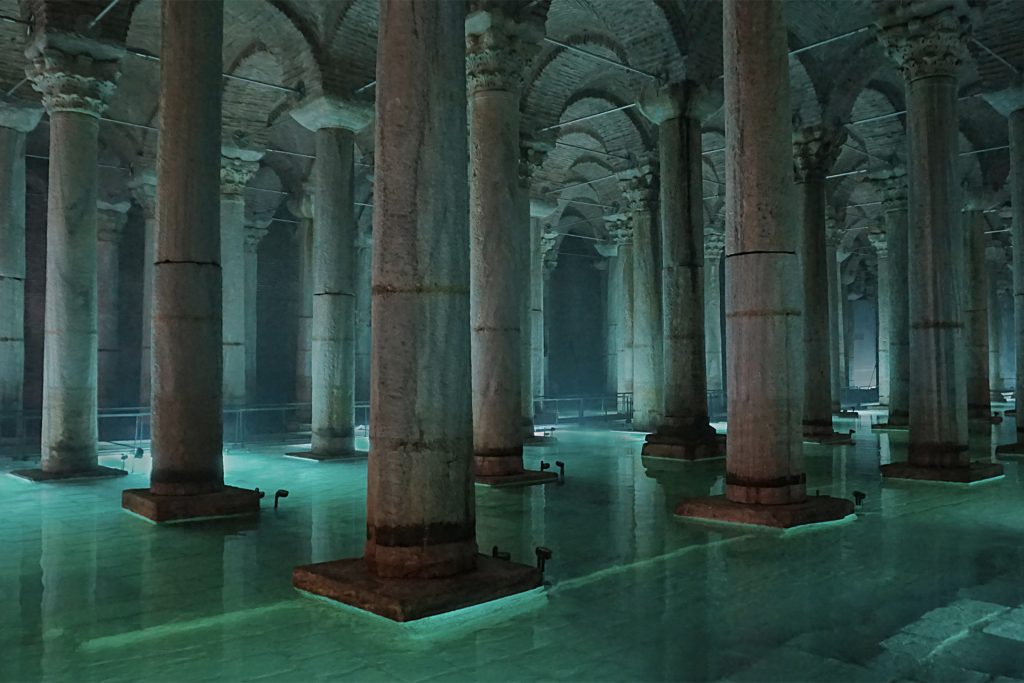
Examples of Byzantine architecture in Istanbul can be continued to count as the Monastery of the Pantocrator, Chora Church, Hagia Irene, Column of Marcian, and so on.
Conquered by Ottoman Sultan Mehmed II in 1453, the city later spent 470 years as the Ottoman capital. The Ottomans, who lived their peak times after the conquest, also revealed the wealth in their city life. Many churches were converted into mosques in the city, which underwent major architectural changes. And Byzantine architectural influences were also influential in the newly built mosques. Mosques, palaces, fountains, and kiosks are the most seen typology of the period. One of the most known examples is the Sultan Ahmed Mosque, also known as the Blue Mosque. It was built by Sultan Ahmed I and is located in Sultan Ahmed Square, within walking distance from Hagia Sophia. The Blue Mosque features an enclosed courtyard, numerous tall minarets, and a large prayer hall beneath a pendentive dome, all of which are characteristic features of Ottoman architecture.
Ciragan Palace is one of the Ottomans’ most known palace architecture examples. It was built between 1863-1867. It went through a massive renovation after a fire in the early 1900s. It currently serves as a 5-star hotel.
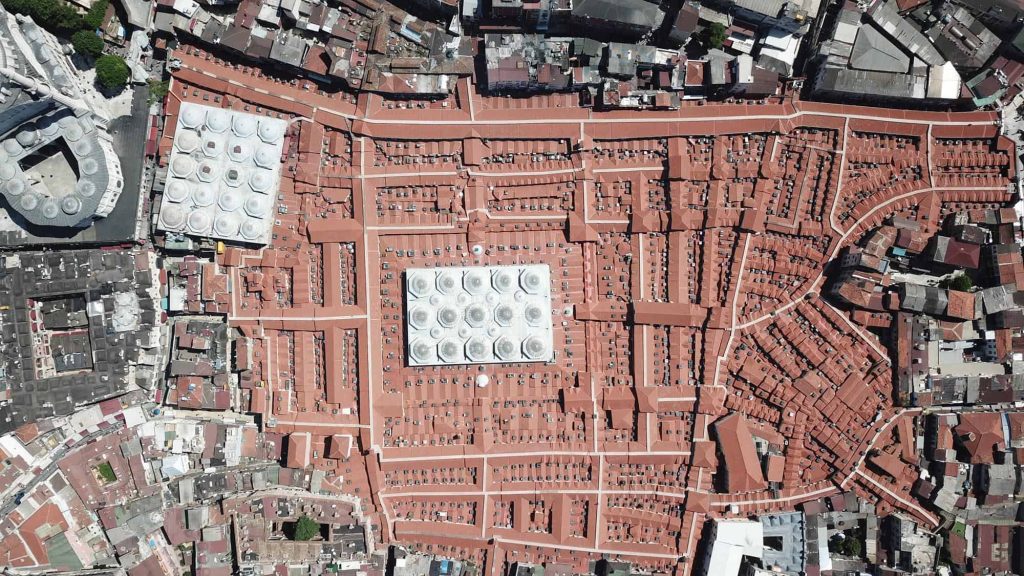
Another well-known building that dates back to the Ottomans is the Grand Bazaar. The complex is made up of a network of meandering hallways that shops and businesses surround. Still, to this day, it is actively being used and full of people every day. It is one of the world’s largest and oldest covered markets, with 61 covered streets and over 4,000 shops.
After the brief historical background, the article continues for contemporary architecture enthusiasts. If you are interested in modern buildings in the city while traveling, here is 8 example, from renowned local and international architects, in Istanbul that you might want to explore:
1. Istanbul Museum of Modern Arts
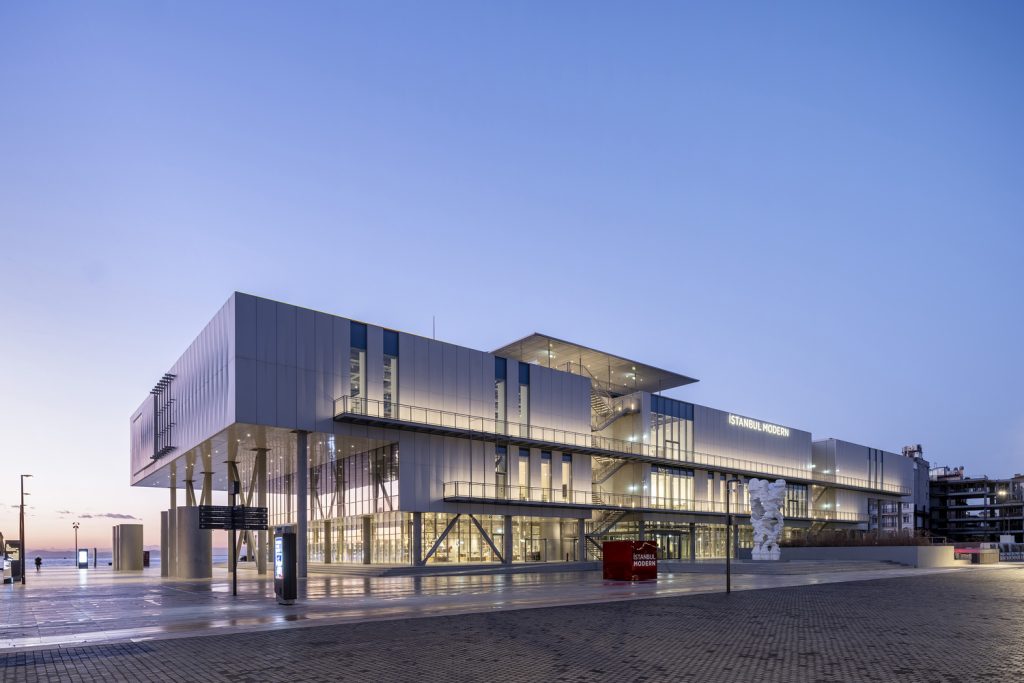
Architects: Renzo Piano Building Workshop, Arup
Year: 2023
Istanbul’s new favorite building, the Istanbul Museum of Modern Arts, was opened to visitors on May 4, 2023. The building, signed by Renzo Piano, has been awaited for a long time. The iconic structure is located at the museum’s original site on the waterfront in Karaköy, one of Istanbul’s historical areas where the Bosphorus and Golden Horn meet.
The museum idea is a component of a larger, 1.5-kilometer regeneration concept along the pier. The Galataport reconstruction project includes a network of underground parking and facilities that serve the port, the cruise ship terminal, and an above-ground commercial area. The ground floor level is raised to maximize the connection with the park and to hide the majority of the basement entry ramp north of the museum building in order to maintain a seamless visual and physical link between the waterfront and the park through the transparent lobby. The ground level is integrated into the nearby public spaces through a well-planned system of slopes and steps.
Three above-ground and two below-ground floors make up the five stories of the building. The 15,000 square meter structure houses Istanbul Modern’s current and future art collections in addition to giving a welcoming atmosphere for educational and cultural events, as well as numerous opportunities for community and citywide gatherings. A café, bookshop, library, museum information desks, and a designated workshop area for the “Discovery Space” project, created in partnership with the Centre Pompidou in Paris, are all accessible from the transparent lobby.
2. TV and Radio Tower (Camlica Tower)
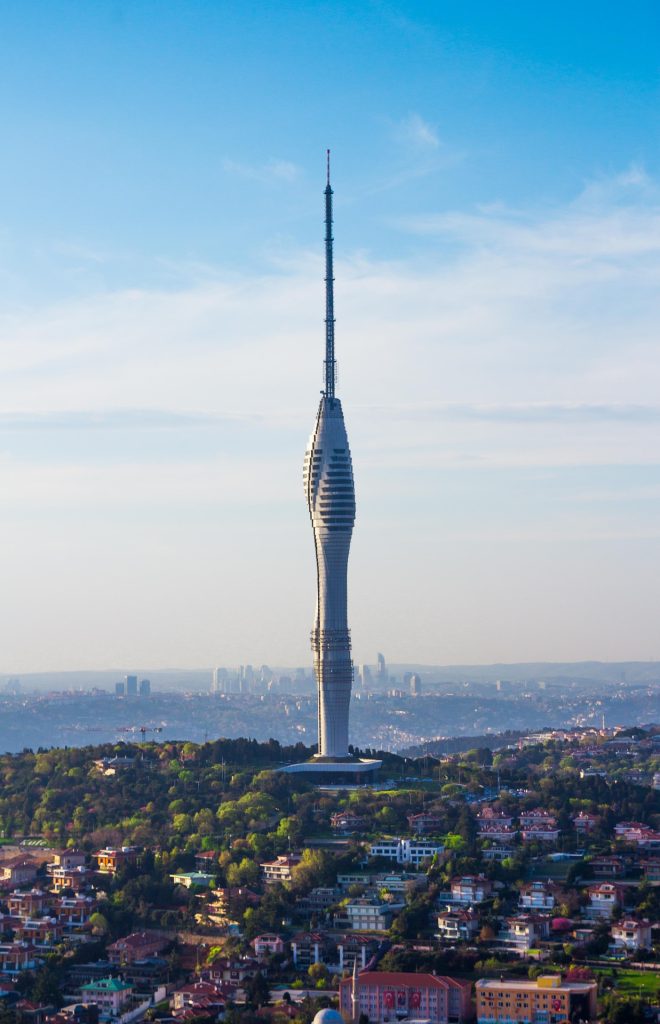
Architects: Melike Altinisik Architects – MAA
Year: 2020
The Camlica Tower is designed by renowned firm Melike Altinisik Architects – MAA, which is a leading international practice with offices in Istanbul and Seoul. The office expresses itself as dedicated to developing innovative and visionary projects on different scales. And the Camlica Tower is one of the iconic projects of the MAA. The work on the telecommunication tower started in 2015, was completed in 2020, and opened to the public in early 2021.
The tower, which is 369 meters tall, draws attention to the city’s skyline with its futuristic appearance and can be seen from almost anywhere. According to the MAA team, the project reflects its nature. Tower has an organic shape that is unusual in Istanbul’s urban landscape. Key design factors such as wind direction, local topography, and scenery influence the shape. The distinctive tower requires cutting-edge engineering techniques in both architectural design and construction methods. With careful consideration given to these processes, every design feature, architectural plan, and material selection was meticulously chosen to align with these advanced methodologies.
The telecommunication tower also includes public spaces such as a restaurant, observation deck, cafe, exhibition area, public park, and mediatic areas. The two-story 360-degree restaurant and the observation deck offer a view from Asia to Europe like no other. In order to transform people’s perspectives and inspire them to think differently, the major goal is to generate unexpected encounters by building strong ties with the environment in which it is placed and making effective use of light, nature, and spatial spaces. In November 2020, the newly constructed iconic structure started performing its primary communications duties. In May 2021, the Istanbul TV and Radio Tower was opened to the public, and ever since, it has welcomed travelers worldwide.
3. Istanbul Museum of Painting and Sculpture
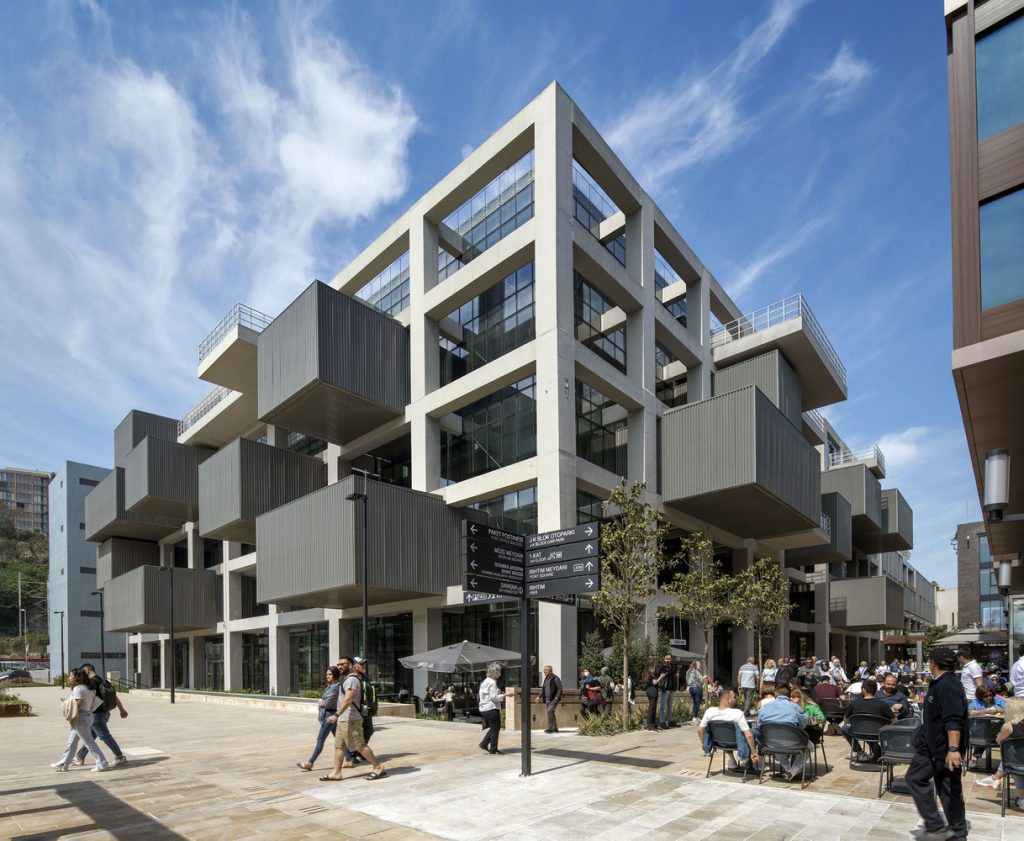
Architects: Emre Arolat Architecture – EAA
Year: 2022
In order to preserve and display important pieces of modern art in Turkey, the Istanbul Museum of Painting and Sculpture was founded in 1937. The transformation of Warehouse No. 5 on the Karaköy coast was completed and opened to the public in 2022. Architect Emre Arolat designs the new building of the museum. EAA is one of the largest architectural offices in Turkey and also has a recognized presence in the global scene, along with its offices in New York and London. The Istanbul Museum of Painting and Sculpture is only one of the most known projects of the office in Istanbul.
Transforming a former warehouse building into a cutting-edge museum of contemporary art represents a forward-thinking initiative to unveil the Karaköy customs port area, a previously restricted zone in central Istanbul that has been inaccessible to the public since its establishment in 1960. The museum’s vision involves the exhibition of a remarkable collection of 15,000 artworks, encompassing significant Turkish art pieces from the late Ottoman era to the modern period. The original reinforced concrete structure is preserved during the conversion, while the walls and slabs are removed to create an exposed 3D structural grid. Following a curatorial approach, this grid serves as the framework to house the “containers” that will hold the art objects. These containers are positioned in a dynamic manner, extending beyond the grid, and are interconnected through a network of ramps and bridges. Visitors will follow this route, allowing them to catch glimpses of the Istanbul view through the transparent facade outside the structure.
The museum, which draws attention with its dynamic facade and colorful lighting, is one of the structures that should be discovered in Istanbul, both architecturally and with the works inside.
4. Ataturk Cultural Center (AKM)
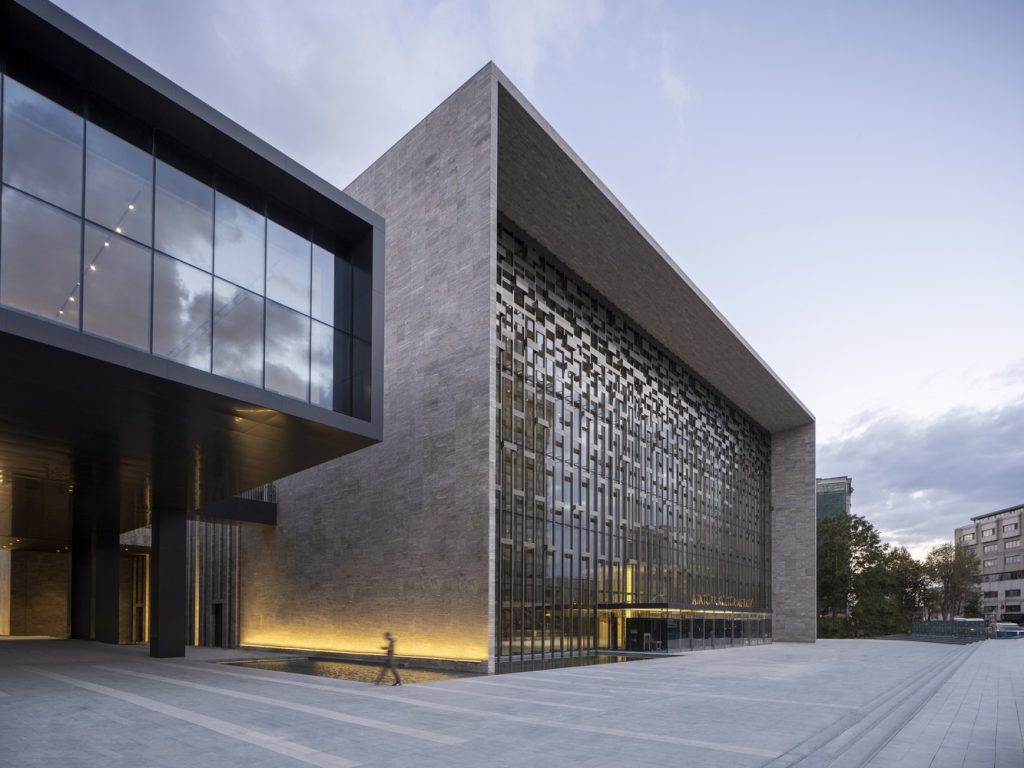
Architects: Tabanlıoğlu Architects
Year: 2021
Located in one of the most iconic squares in Istanbul, Taksim Square, the Atatürk Cultural Center has a long history behind it. The building, which was completed for the first time in 1956 with the project of architect Hayati Tabanlıoğlu, was put into service in 1969 under the name of Istanbul Culture Palace. However, it became unusable by fire only a year later. Hayati Tabanlıoğlu carried out the renovation project, and it was opened for the second time in 1978 and continued to serve until the 2000s. In 2005, demolition was suggested because the building had completed its economic life. The conflict lasted long, but the building remained closed from 2008 to 2018 and was demolished in 2018 to construct a new one.
The new AKM project was given to Murat Tabanlıoğlu, who is the son of the original building’s architect Hayati Tabanlıoğlu. The Tabanlıoğlu Architects team expresses their start of the new building project with a question, “How to handle the architecture of the 60s”. The project description includes significant important points: The new Atatürk Cultural Center project demonstrates a deliberate effort to safeguard the aesthetic, physical, and social qualities inherited from its previous iterations. Recognizing its significant place in the city’s collective memory and individual citizens’ experiences, it was imperative to approach the development of the Atatürk Cultural Center as an evolution rather than a completely fresh project. Designed to revitalize Taksim Square, the cultural center embraces a 21st-century architectural concept, harmoniously combining two interconnected elements. While largely preserving the outer appearance and volumes of the previous structure, the new design incorporates a sweeping expansion, enhancing its overall presence.
With its permeable entrance façade, the red giant ball, which is the opera hall part inside, can be read from Taksim Square. The building, which is one of the important symbols of the city with its iconic appearance, is a very lively and active building with its newly enlarged social areas, exhibition, and event venues.
5. Apple Bagdat Avenue
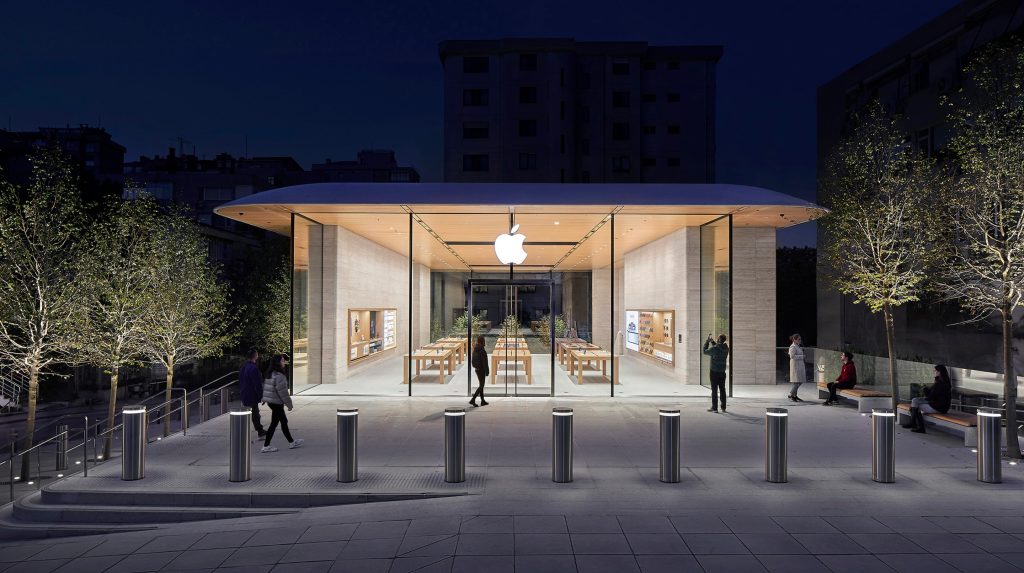
Architects: Foster + Partners
Year: 2021
The Apple store, designed by Foster + Partners, was opened on Bagdat Avenue, a busy shopping street in Istanbul. The building offers a design worth seeing, with its decisions made according to the characteristics of its environment and the local material preferences used.
The front area of the store, visible from Bagdat Avenue, looks like a single-story structure with a floating roof, blending harmoniously with the surrounding pavement. This thoughtful design creates a smooth transition from the street to the building’s entrance. Inside, the building features an open and uninterrupted layout, free of columns, allowing for a seamless visual connection between the street, interior, and backyard. The use of glass facades at the front and rear of the building creates an engaging view that captures the attention of passersby, drawing them towards the lush greenery in the backyard. The team refers to the green area in the backyard as a pocket park and invites visitors from the street towards the store and the park. The store actually has two stories which are allowed by the slope of the site. These multiple floors make the building not only a big shop but also provide a workshop and event area.
The entire facade of the building is made of glass, and this decision blurs the distinction between interior and exterior spaces. The two large skylights that can be opened provide ventilation and natural daylight through the interior. The interior design of the building includes local materials; granite floors, wooden ceilings, and travertine wall coverings. This material selection creates harmony with the natural light in the building.
6. Arter Contemporary Art Museum

Architects: Grimshaw
Year: 2019
The Grimshaw designed the new Arter building, affiliated with the Koç Foundation, in the Dolapdere district. London-based architectural firm Grimshaw has international recognition with offices in Los Angeles, New York, London, Paris, Dubai, Melbourne, Sydney, and Auckland. The Grimshaw team, who brought the project to life by winning the international competition opened in 2013, has carried out many details delicately.
A permeable design principle open to everyone has been adopted, keeping social responsibility in the foreground. The effect of a gallery opening to the street was created with the large windows designed. This large ‘street gallery’ invites exploration, creating continuous links between Istanbul, the museum, and its art. Arter consists of a dynamic setup with a series of visually and physically connected spaces. This setup leads to a program network that can bring together different disciplines and a structure that encourages creativity and interaction with each space. The center of the main function areas, consisting of 6 galleries spread over 6 floors, is designed around an atrium. Apart from the galleries, Arter also has a program of workshops, cafes, libraries, gardens, and flexible usage areas that aim to serve socially.
Arter, which has a striking façade design, uses planes made of glass-reinforced concrete as a material. While a part of the façade consists of these levels, some of them are constructed with handmade glazed ceramic surfaces as a language contrary to this movement. The façade creates different light-shadow plays with the changing light throughout the day.
7. Sancaklar Mosque
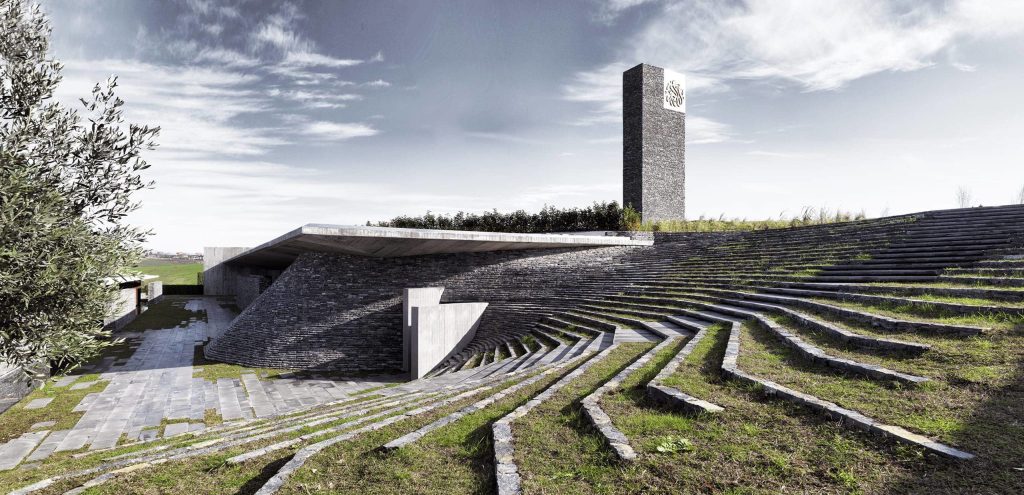
Architects: Emre Arolat Architecture – EAA
Year: 2012
The unique mosque Sancaklar Mosque, also designed by renowned architect Emre Arolat, is one of EAA’s most notable works. Located in Büyükçekmece, one of the suburban areas of Istanbul, the building was completed in 2012. With its distinctive appearance, the building draws attention to the controversial forms of the classical mosque scheme from the Ottoman Empire. The architect states this; “Depending on the fact that a mosque does not have a predefined form and anywhere clean may be a prayer’s room, the project focused solely on the “essence” of a religious space, by distancing itself from discussions on the form.”
The visible components of the mosque consist of a plain walled courtyard and a long, rectangular structure made of stone (known as a minaret). These elements indicate that this is a designated “place,” while an inscription further emphasizes its purpose as a place of worship. The cascades, which turn into steps as the landscape descends, direct individuals toward the entrance in the lower courtyard. Adjacent to the mosque, additional facilities such as a teahouse, communal area, and library enhance the social aspect of this open space. Direct access to the prayer hall creates a direct path to a simple yet fascinating space, resembling a cave, where worshipers can pray alone and connect with God in a deep and inspiring way.
The building seamlessly integrates with the topography and peacefully restores the earth’s shape. The green roof above and the submerged feature together offer a natural barrier against heat gain and loss. Most of the plants used in landscaping are low-maintenance, rural varieties that blend in with the surrounding prairie. Sancaklar Mosque, a structure that draws attention with its extraordinary mosque appearance, is one of the places that are recommended to be visited in Istanbul for modern religious architecture enthusiasts.
8. Beylikdüzü Ataturk Arts and Cultural Center (BAKSM)

Architects: SO? Architecture and Ideas
Year: 2018
Beylikdüzü Atatürk Culture and Art Center designed by renowned local architectural firm SO? Architecture and Ideas is a redesign project. Founders Sevince Bayrak and Oral Göktaş, who curated the Turkiye Pavilion at the 18th Venice Architecture Biennale, drew attention to the issue of the transformation of existing structures. BAKSM is just one of the many transformation works of the SO? that you can visit while in Istanbul.
The undertaking functions as a prominent public destination, offering a range of dynamic amenities, including a library, children’s library, versatile hall, playground area, workshops, studios, and cinema halls, all revamped and redesigned by SO?. Both the structural and architectural aspects of the building have undergone extensive renovation, necessitating a complete redesign of the interior and exterior facade. The primary modification to the original architectural arrangement involves transforming the expansive atrium through the installation of a steel staircase adorned with timber extensions, serving as a vertical garden. The redesign of the building’s outer façade carefully considered the physical requirements of the activity areas. The previous version lacked provisions for natural ventilation and daylight, necessitating a reimagining of the exterior. To give the existing massive structure a more contemporary appeal, a sleek layer of corten was applied to the façade walls.
Aiming to offer a pleasant place for the users, many areas where you can spend time are considered in the building. This transformation project, where both the building and the interior can be experienced with pleasure, is one of the modern structures that can be visited in Istanbul.
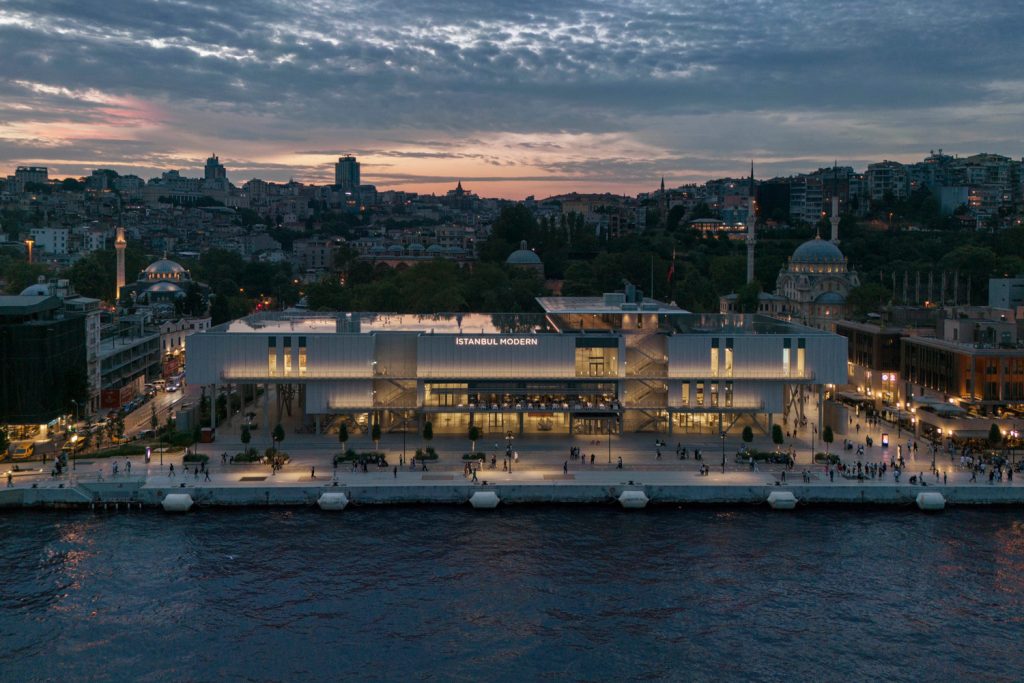
For this article, which was written as an architectural guide proposal in Istanbul, 8 building recommendations from different renowned architects and typologies were given. These examples were chosen as those that provide places to have a pleasant time while experiencing the buildings. However, it is possible to encounter many different examples in the city. Modern skyscrapers with distinctive appearances in the city skyline and shopping malls that host a large number of visitors are some of them.
If you enjoy seeing such structures, here are some bonus examples; Istanbul Sapphire, QNB Finansbank Crystal Tower, Kanyon Shopping Mall, Zorlu Center, and many more.


